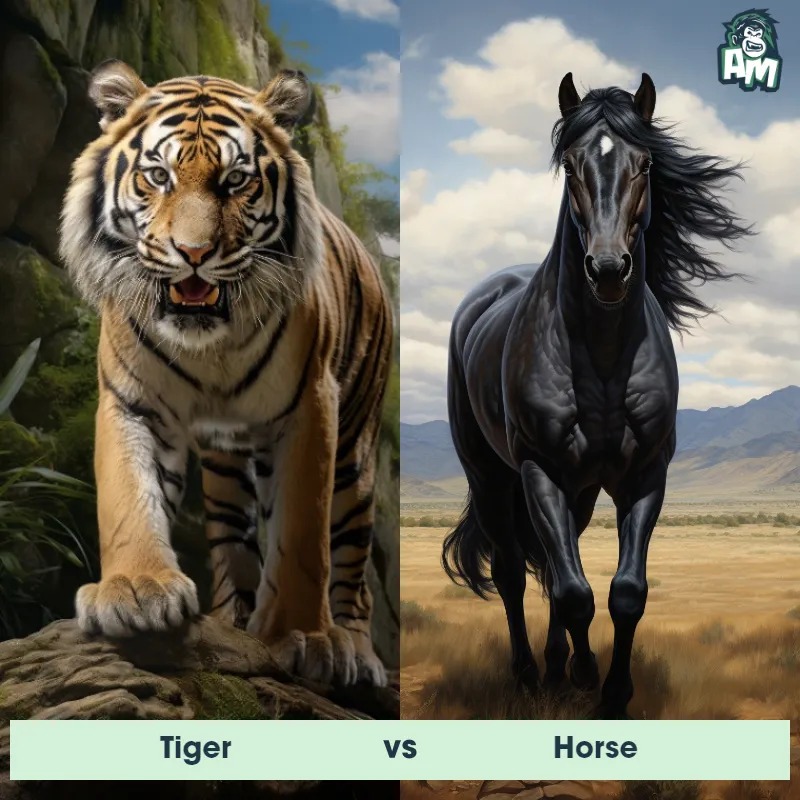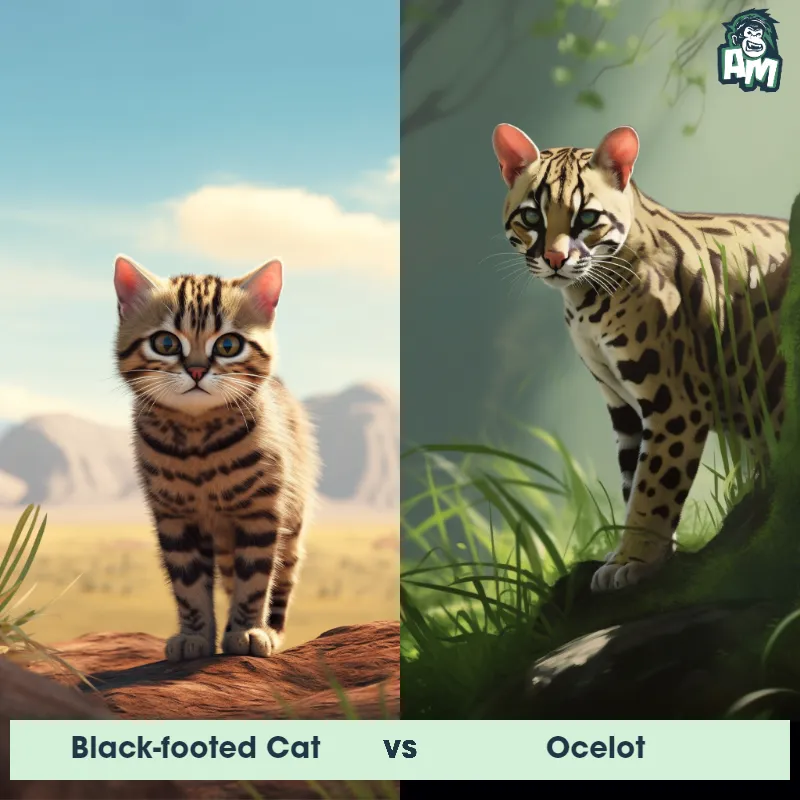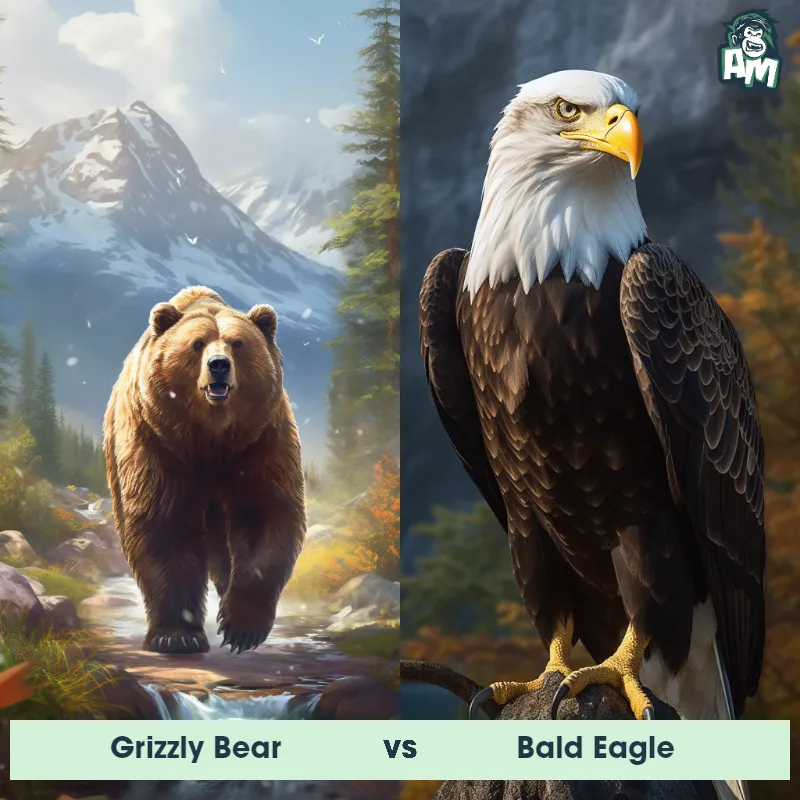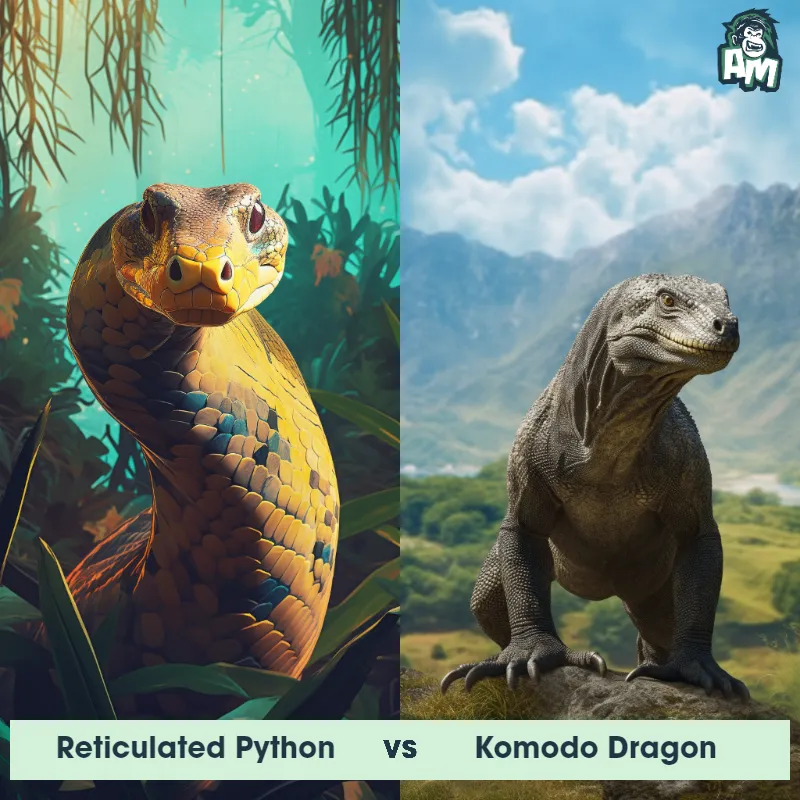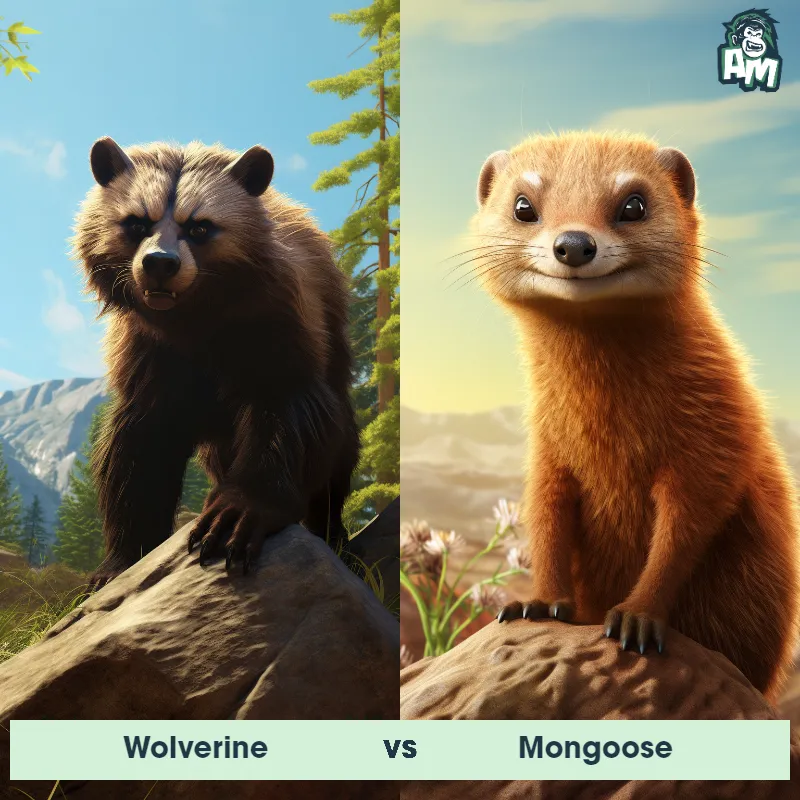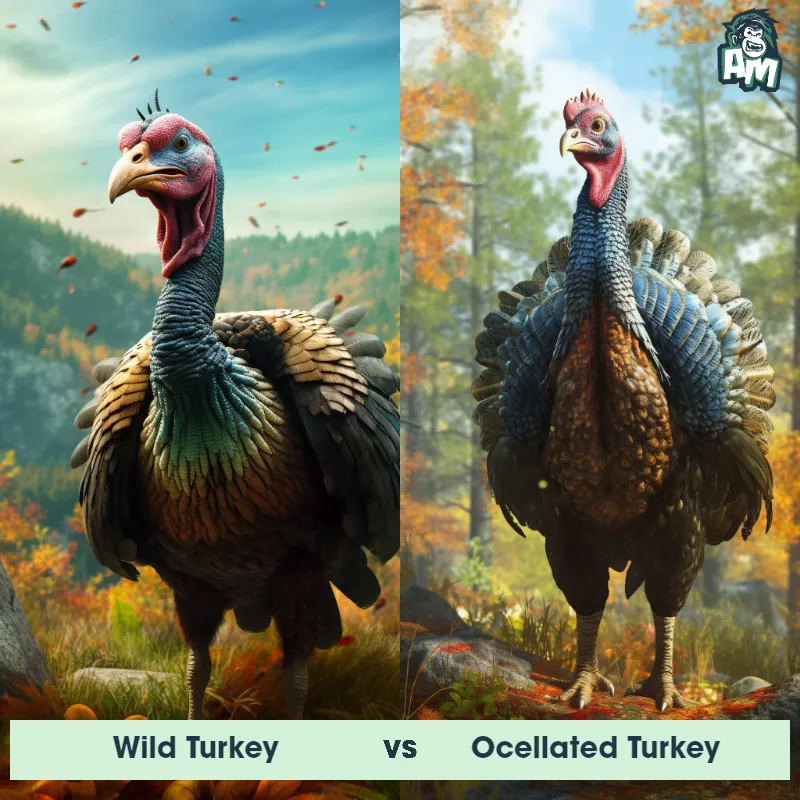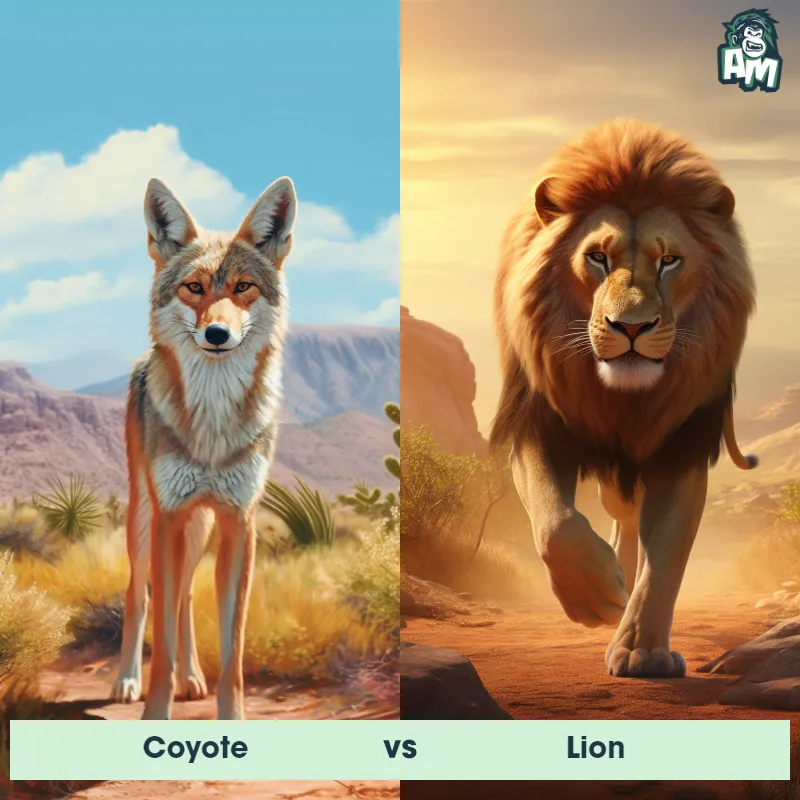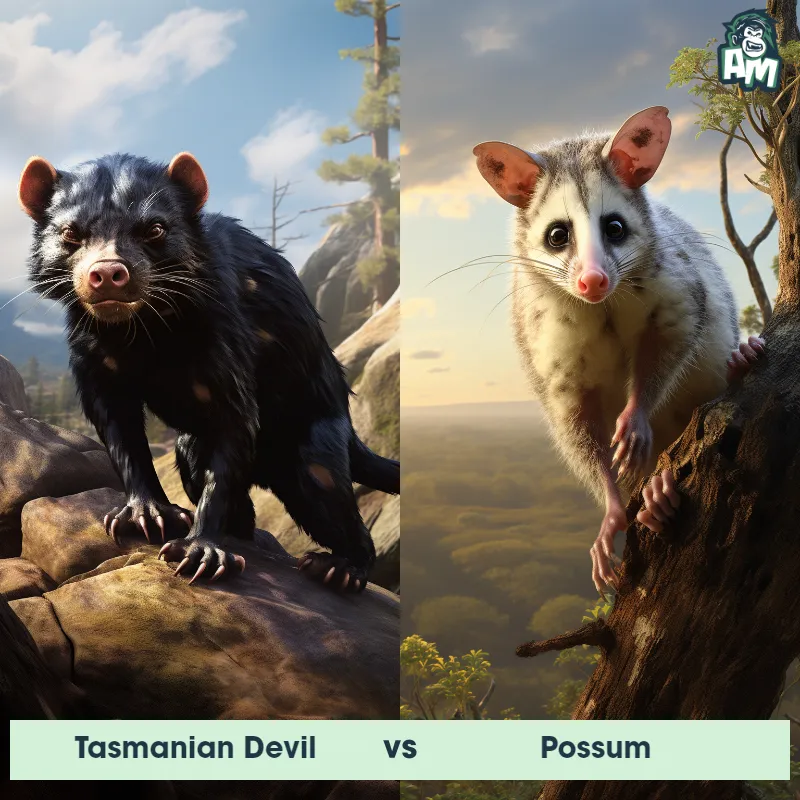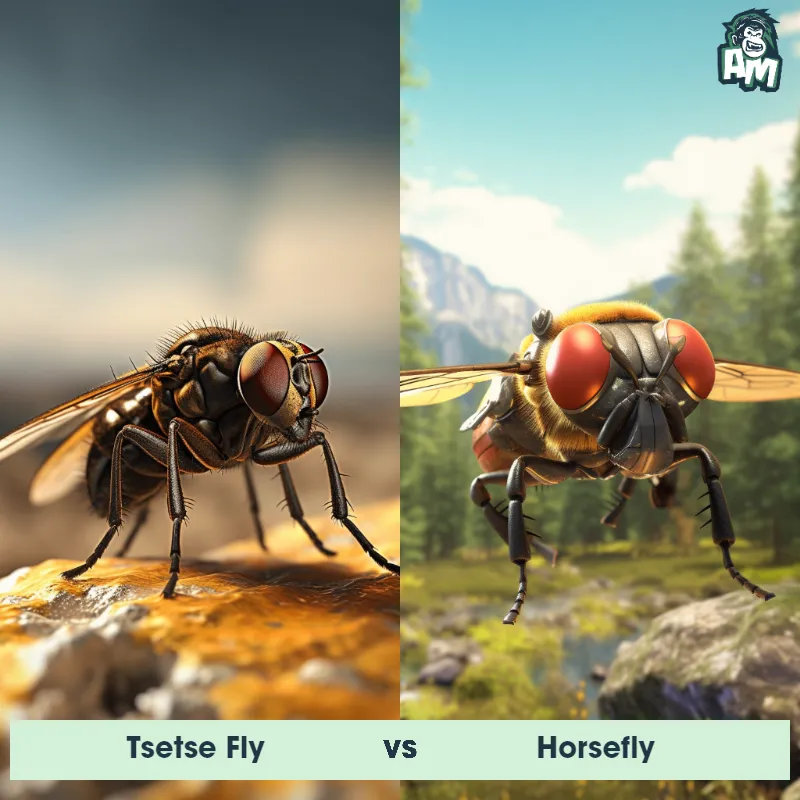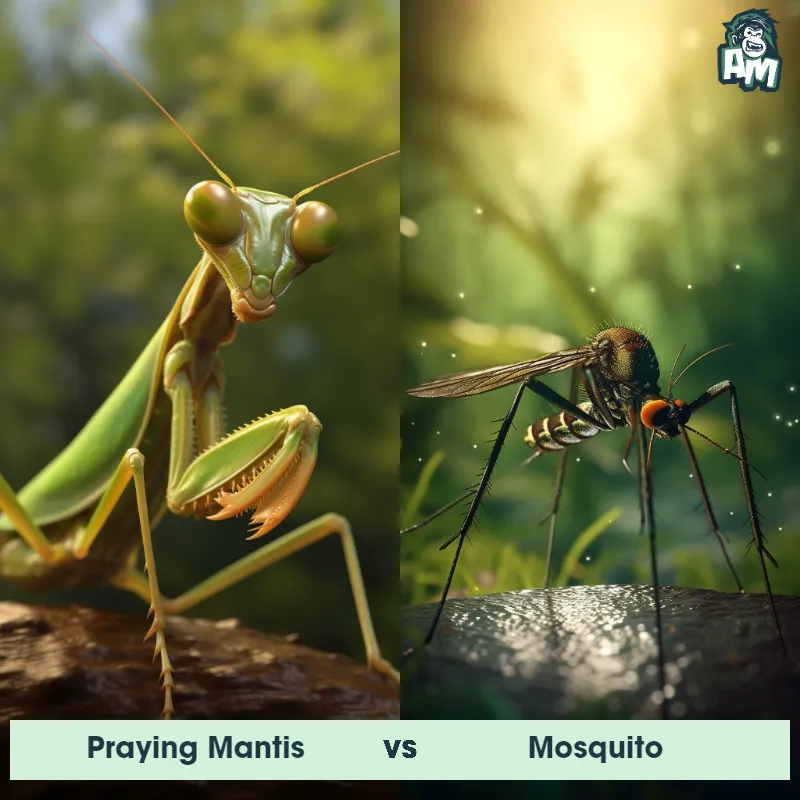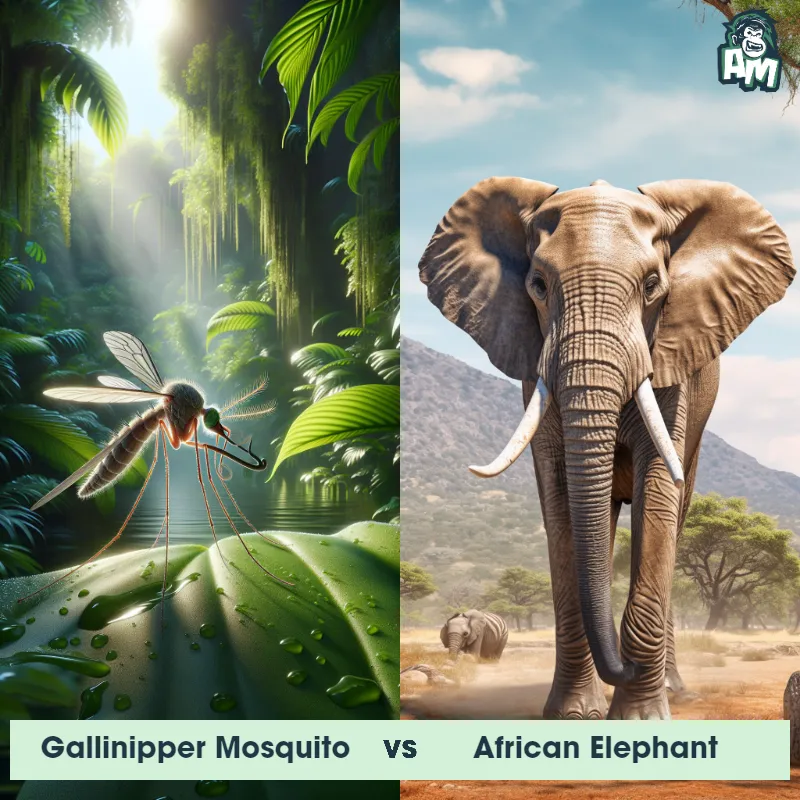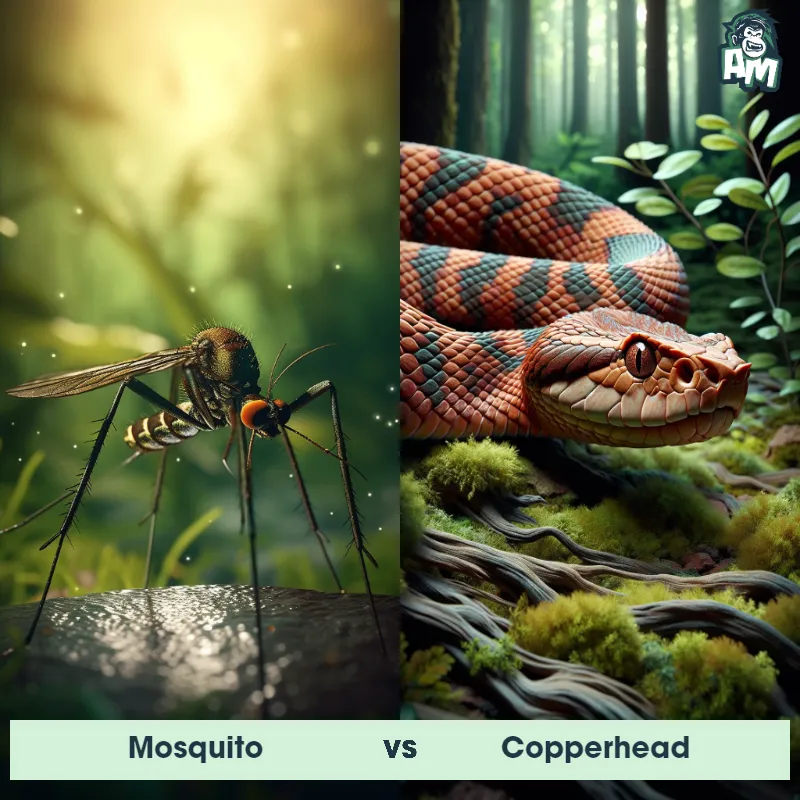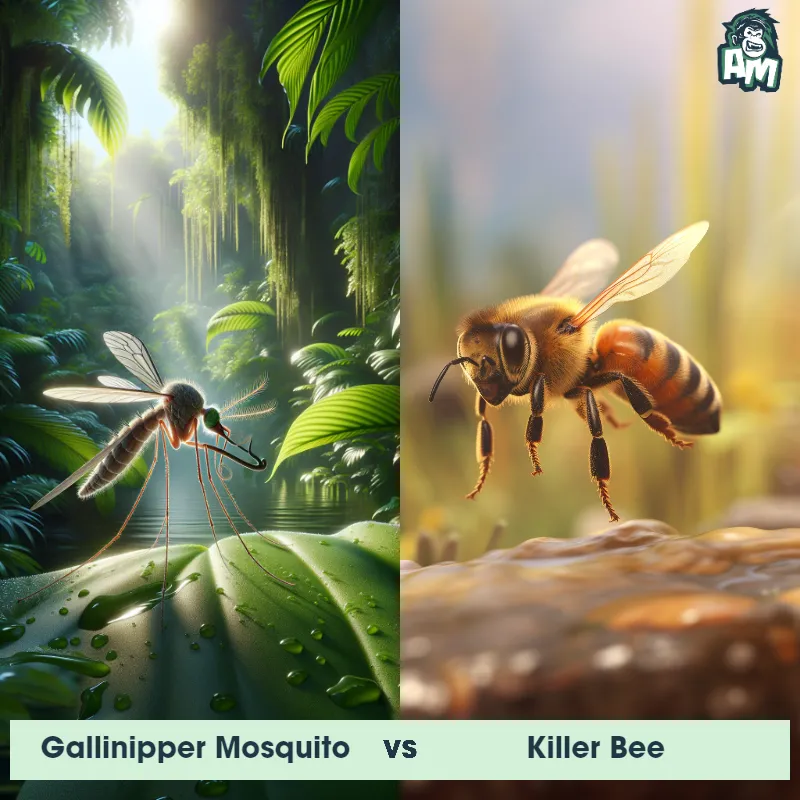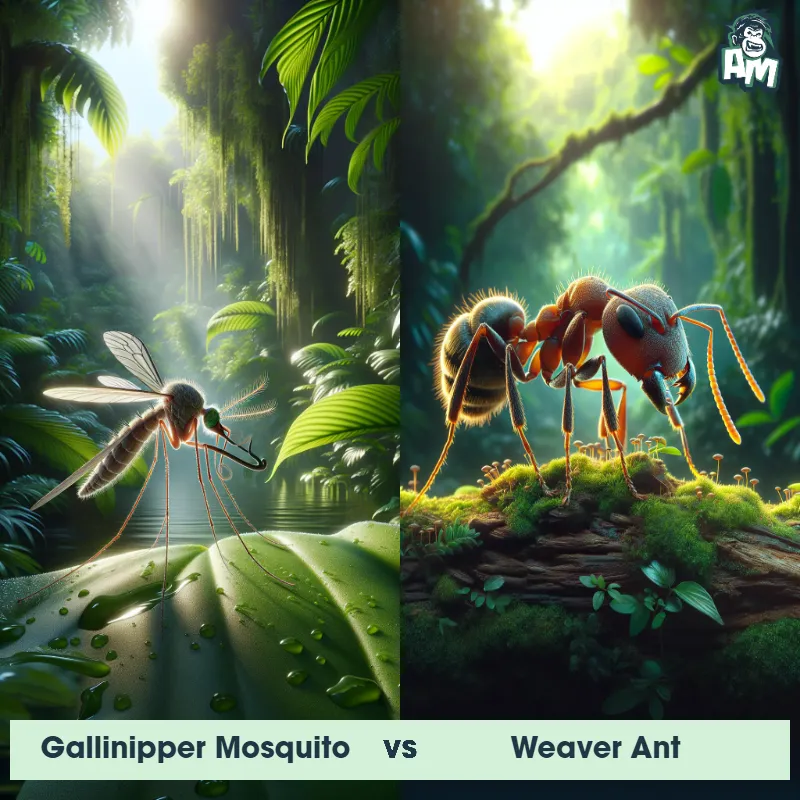Tsetse Fly vs MosquitoSee Who Wins

Welcome to this fascinating three-round duel between two of nature's most notorious tiny adversaries: the nimble Tsetse Fly and the persistent Mosquito! We're about to witness an intriguing display of aerial agility, speed, and cunning as these two small but formidable insects engage in a captivating battle for supremacy.
Contender 1: Tsetse Fly
The Tsetse Fly, also known as the tik-tik fly, is a blood-sucking insect found in sub-Saharan Africa. They are about the size of a housefly and have a distinctive long proboscis used for feeding on the blood of vertebrate animals. Tsetse flies are known for transmitting the deadly sleeping sickness disease to both humans and animals.
Fun Fact: Tsetse flies are attracted to the color blue and are known to swarm around blue clothing or objects.
Contender 2: Mosquito
The Mosquito is a small, flying insect that is known for its itchy bites. They have long, thin legs and a slender body with two wings. Mosquitoes are found all over the world and are known to carry diseases such as malaria and Zika virus. They are attracted to humans and animals by the carbon dioxide we exhale and the scent of our sweat.
Fun Fact: Mosquitoes are attracted to people who have recently eaten bananas because they are attracted to the chemical compounds found in bananas.
Matchup Stats
| Tsetse Fly | Mosquito | |
|---|---|---|
| Size | About the size of a housefly (6-14 mm), (0.24-0.55 in) | 0.125-0.75 inches (3-19 mm) |
| Weight | 0.1-0.2 g (0.0035-0.007 oz) | 2.5 milligrams (0.000088 oz) |
| Speed | Speed: 5 mph (8 km/hr) | Speed: 1-1.5 mph (1.6-2.4 km/hr) |
| Key Strength | None | None |
| Biggest Weakness | Fragile wings | Fragile wings |
Current Votes
Tsetse Fly vs Mosquito
See Who Wins
View More Matches
Looking For More?
Similar Matches
Scientific Stats
| Tsetse Fly | Mosquito | |
|---|---|---|
| Scientific Name | Glossina | Culicidae |
| Family | Glossinidae | Culicidae |
| Habitat | Woodlands, savannas, and riverine areas | Freshwater and wetland areas |
| Geography | Sub-Saharan Africa | Worldwide |
| Diet | Blood of vertebrate animals | Nectar and plant juices (males), blood (females) |
| Lifespan | 3 weeks - 4 months | 1 day - 2 weeks |
Key Differences between Tsetse Fly and Mosquito
- Wing shape: Tsetse flies have a straighter wing shape, while mosquitoes have a more curved wing shape.
- Size: Tsetse flies are larger than mosquitoes.
- Coloration: Tsetse flies are typically brown or gray in color, while mosquitoes can range from brown to black to gray with distinctive white markings.
- Body shape: Tsetse flies have a more robust body shape compared to mosquitoes.
- Eye shape: Tsetse flies have large, prominent eyes that are separated by a distinct gap, while mosquitoes have smaller, more closely spaced eyes.
- Mouthparts: Tsetse flies have a long proboscis that extends forward, while mosquitoes have a shorter proboscis that points downward.





